ACCESSIBLE, USER-FRIENDLY, PRACTICAL
Review and pictures by Wahid Ooi Abdullah
Action pictures by Nurul Fazilah Che Mohamad
I find it funny sometimes when I read overseas statements such as, “The touring market is growing exponentially,” or “Industries are gearing their products towards the touring segment.”
While that it true, guess they don’t know much about Malaysia.
Malaysian motorcyclists will tour on any type of bike he owns, from a kapchai all the way up to the Gold Wing. Yes, that includes 200-bhp sportbikes. There’s one main reason for this phenomenon, called the loan, or more specifically in local term, finance.
Apart from the higher income bikers, most bikers and motorcycles enthusiasts are low- to middle-income minions like you and I. We have no other choice but to tour on that ONE bike we own. So if I own a ZX-6R, that’s the bike I’d commute on daily, blast through the canyons or track on the weekends, and ride to my hometown during Raya. Friends invited me to ride along to the Phuket Bike Week? Sure! Let’s go!
Why not just buy a sport-touring or adventure-touring bike then? This is where it starts to get tricky.
Almost all motorcycles in that segment are in the open-class category: Aprilia Caponord 1200, BMW R 1200 GS, Ducati Multistrada 1200/S, Kawasaki Versys 1000, Kawasaki Z1000SX, Kawasaki 1400 GTR, KTM 1290 Super Duke GT, and forth, cost from 80K to more than 100 big ones.
The midrange models, such as the ubiquitous Kawasaki Versys 650, Suzuki V-Strom 650, Yamaha MT-09 Tracer, cost between 40+ to 50+K. More affordable of course, but how about junior executives and those who just started working? Or those who had just started riding?
There’s where the Versys-X falls into. An affordable adventure motorcycle for the masses. But does affordability mean compromises?
We’re going to find out.
First up, the engine originates from the Ninja 250, with the same bore and stroke dimensions, 249 cc capacity, compression ratio, and the assist and slipper clutch. The Versys-X however, features dual throttle valves per cylinder, in addition to the main throttle valves, that are connected directly to the throttle grip, yielding a more “natural” throttle response. This in effect smoothens out the airflow, increasing horsepower and torque.
The engine is then bolted directly to the new, rigid backbone frame. Kawasaki had put lots of thoughts into the frame, as it’s strong enough to handle the rigours of non-paved or rough road riding, and carrying a passenger and luggage (evidenced by the luggage rack).
To ride in the rough, the Versys-X has to be suspended by equally tough suspension. The forks relatively beefy 41mm diameter units (compared to 37mm on the Ninja 250) that offer 130mm travel. The rear monoshock is a bottom-link Uni-Trak gas charged unit, with 145mm travel. The spoked wheels are 19-inches at the front and 17-inches at the back, shod with multipurpose tyres.
The Versys-X looks pretty big for a 250, as Kawasaki had given it a “large-volume” bodywork to give it an “imposing appearance.” (My wife had thought it was a 650 when I brought it home.) There’s a tall windscreen way up front, and wide flanks around the radiator.
The rider’s seat is dished deep down below the passenger’s. Climbing on was easy as the seat was relatively low by adventure-tourer standards. This shouldn’t be a problem for most Malaysian riders.
From the seat, the rider is faced with the new and attractively designed instrument cluster, which includes a fuel range display. I like! Both the large central tachometer and large lettered speedometer were easy to read at a glance.
The fuel tank slopes downwards aggressively from the top, and that puts the rider much closer to the front. Consequently, reach to the handlebars wasn’t stretched out and natural. The handlebar was of the correct width too, neither too wide or too narrow. The footpegs are right where they are. Kawasaki did a great job in setting up the riding triangle for smaller riders, that’s for sure (I’m 167cm).
Time to get going.
I reached for the clutch lever and it flew backwards right away! It was the lightest clutch I’ve ever felt, and it’s not even a hydraulic unit. Tapping into first gear, I was expecting the customary “CLACK” but I was surprised to find a “click” instead. Finding the friction point was easy too, despite the feather-light clutch.
The bike didn’t need lots of throttle to get going, although first gear was rather short. Second through sixth were super smooth, the throws between the gears weren’t as long as those on my 2012 ER-6f, a nice welcome.
Now for another pleasant surprise. There have been many times when I kept running into the rev limiter on smaller bikes, but the Versys-X’s engine just kept rolling with barely perceptible vibration all the way to 11,000 RPM. Snapping the throttle open even when cruising in sixth gear at 5000 RPM produced a rapid response. Bless those dual throttle valves!
I’ve always loved riding adventure bikes in the city, since they usually provide tall, commanding view among traffic, consequently allowing the rider to look well ahead.
The Versys-X does one better, since it’s light and torquey. The handlebar is well above the height of most car sideview mirrors, too.
Additionally, the long travel suspension and bigger front wheel soaked up bumps and potholes very well. It’s only when you hit the deeper holes or bigger bumps that you’d feel the jolt, not because the suspension had bottomed out, but because the bike is light.
The bike was superbly agile, turning quickly towards wherever I pointed it. There’s a bit of wobble during high-speed cornering but the bike never went off my chosen line. Personally, it was because I weigh 85 kg and dialing in more preload would’ve helped.
Touring on the Versys-X is pretty much stress-free as you could cruise at 110 km/h all day, with the ability to take the bike up to 130 km/h without the engine threatening to self-detonate. There’s still room left for 10 to 15 km/h above that.
The screen may look small from where you’re seated, but along with the large bodywork, they did a great job of keeping the windblast away from the head, torso and knees.
Similarly, Kawasaki had also designed the bike to vent its engine and radiator heat to the bottom of the bike, instead of being blasted up at the rider. This is important especially when riding in heavy traffic, on a sweltering hot day.
I had managed to ride the bike down a gravel road, too. Standing up on the pegs, the bike was stable throughout and the lightweight definitely helped. It would’ve been a lot more work if had been heavier and more powerful.
In conclusion, the Versys-X is a certainly a joy to ride. Well-balanced, capable of everything thrown at it and wasn’t intimidating. It’s the perfect bike not only for beginners but also for experienced riders who want something practical for the daily commute.
Definitely worth buying.
TECHNICAL SPECIFICATIONS
| Engine | Liquid-cooled, DOHC, 8-valves, parallel-Twin |
| Displacement | 249cc |
| Bore x Stroke | 62.0 mm x 41.2 mm |
| Compression ratio | 11.3 : 1 |
| Fuel system | Electronic fuel injection, 28mm with dual throttle valves |
| Maximum power | 33.1 bhp (24.7 kW) @ 11,500 RPM |
| Maximum torque | 21.7 Nm @ 10,000 RPM |
| Front suspension | 41mm telescopic forks |
| Rear suspension | Bottom-link Uni-Trak gas-charged shock, adjustable for preload |
| Front brakes | 1 x 290 mm petal disc, 1 x balanced actuation dual-piston caliper |
| Rear brake | 1 x 220 mm petal disc, 1 x dual-piston caliper |
| Frame | High-tensile steel backbone |
| Rake | 24.3 degrees |
| Ground clearance | 180 mm |
| Seat height | 815 mm |
| Fuel capacity | 17 litres |
| Curb weight | 173 kg |
PICTURE GALLERY

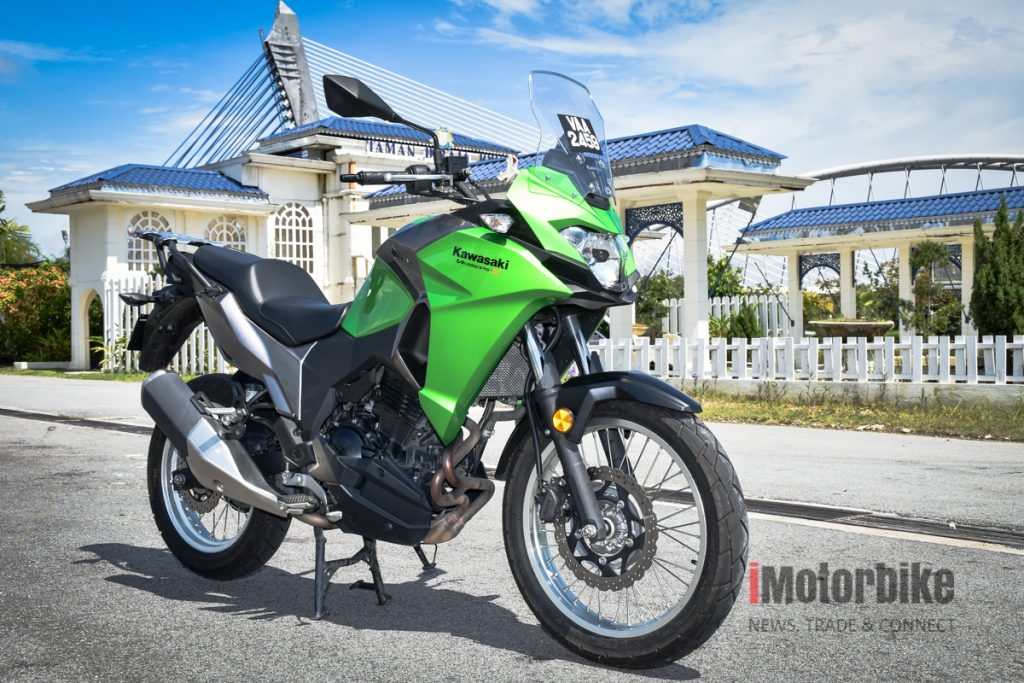
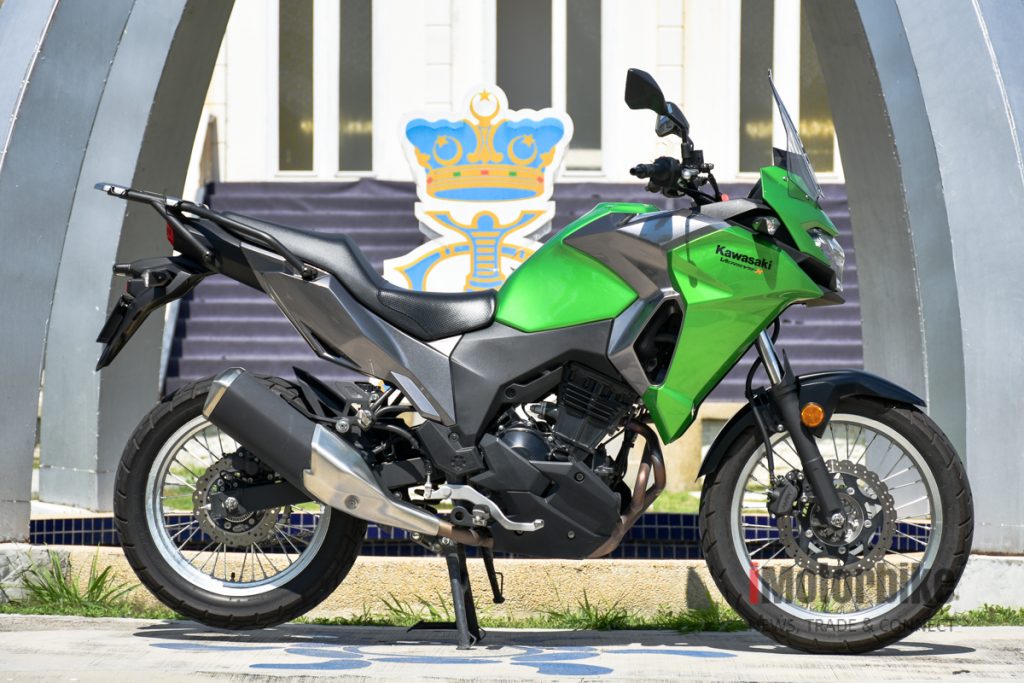
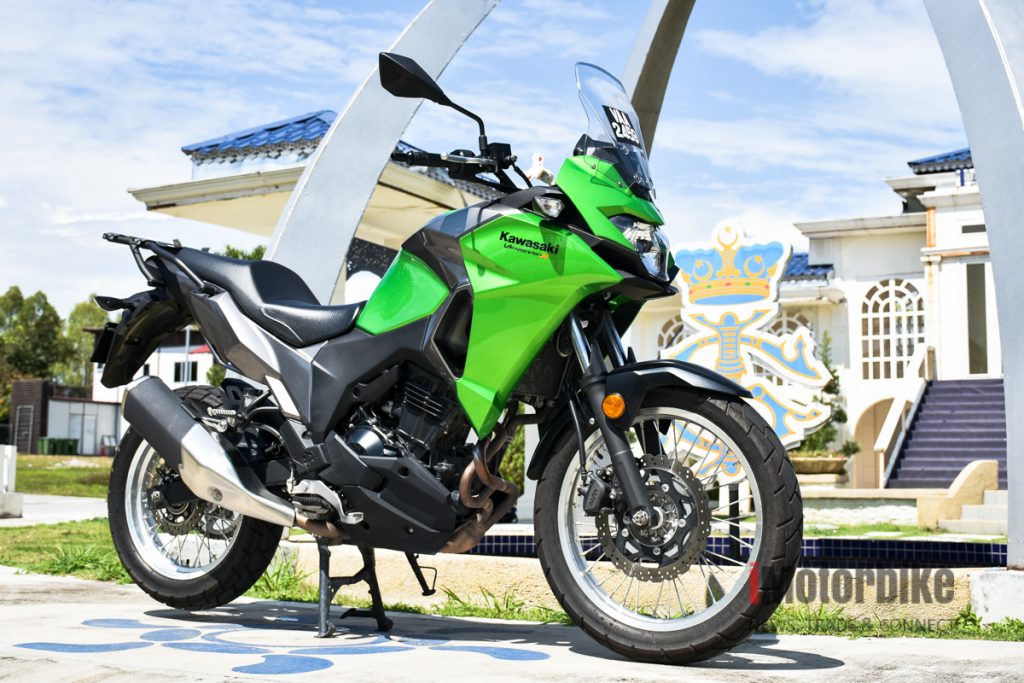
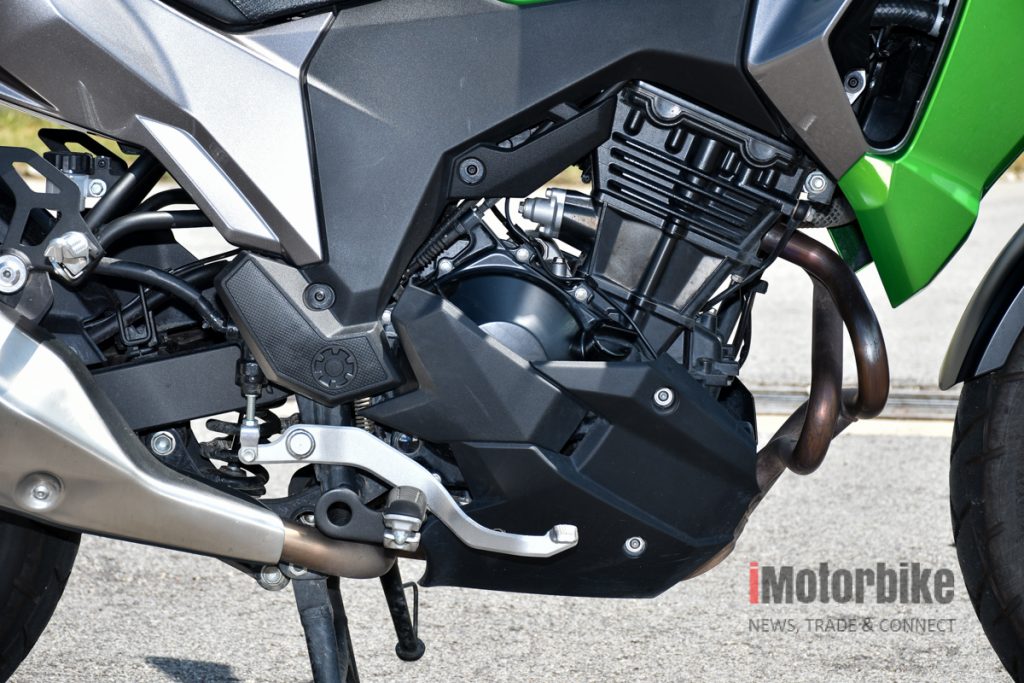

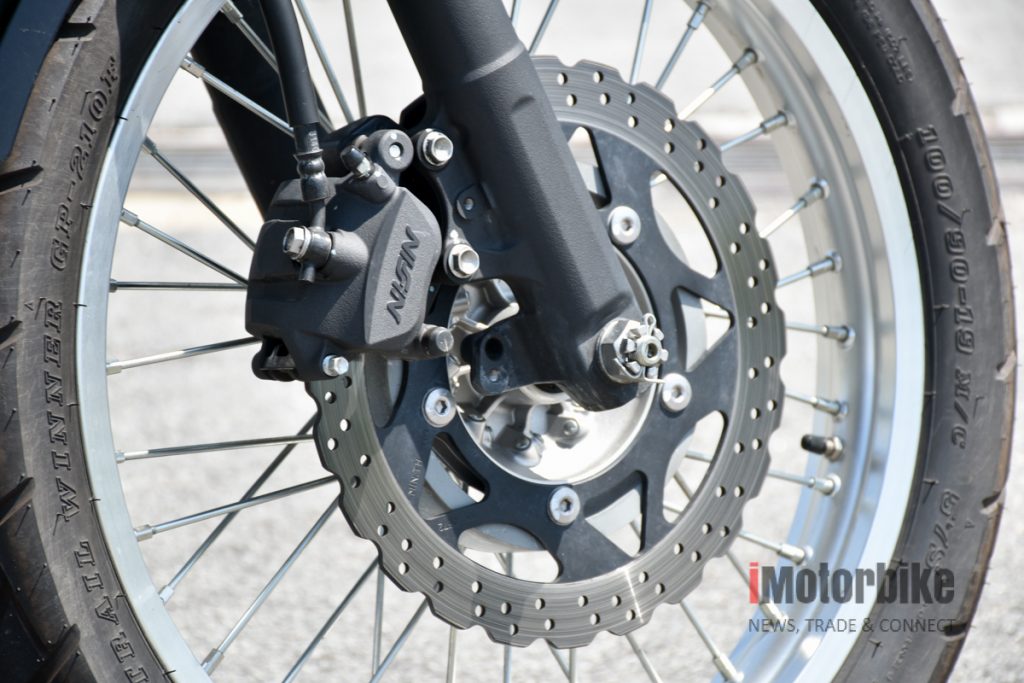
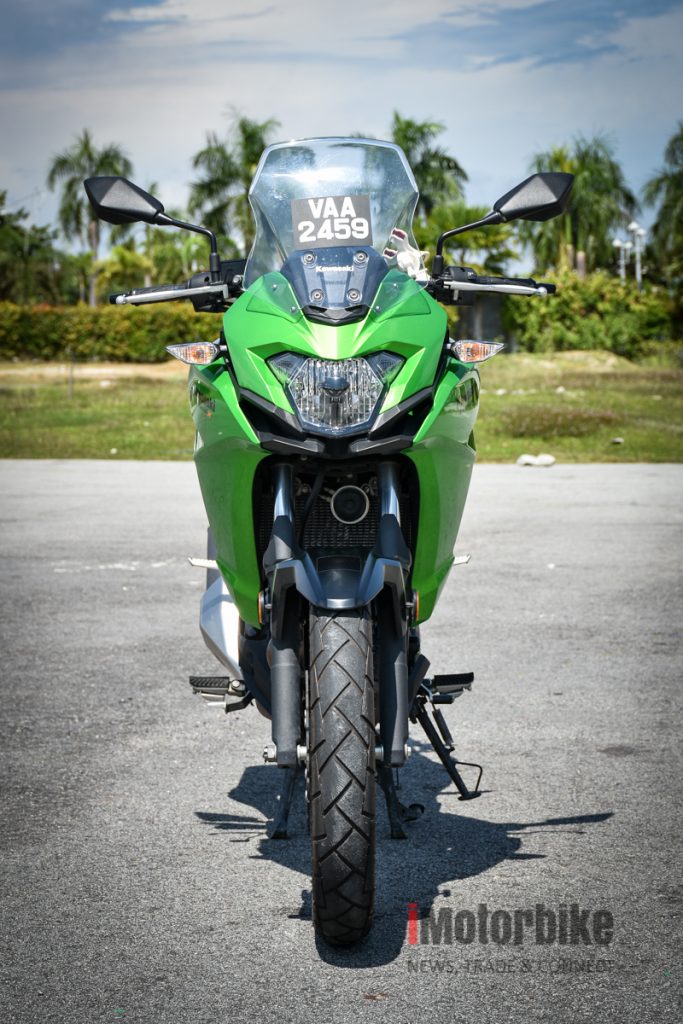
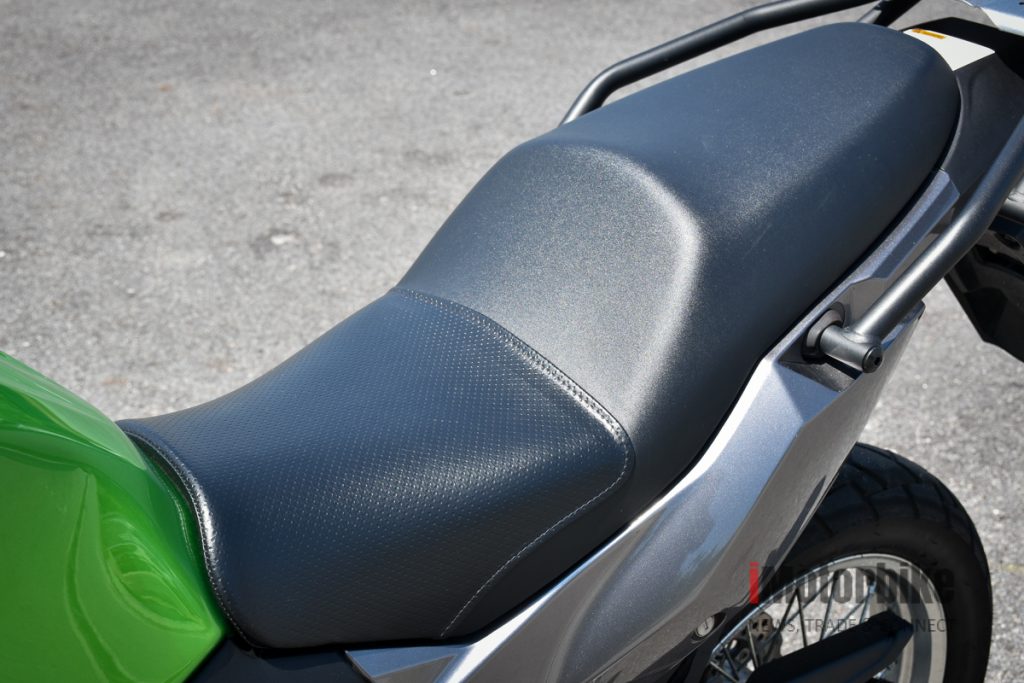
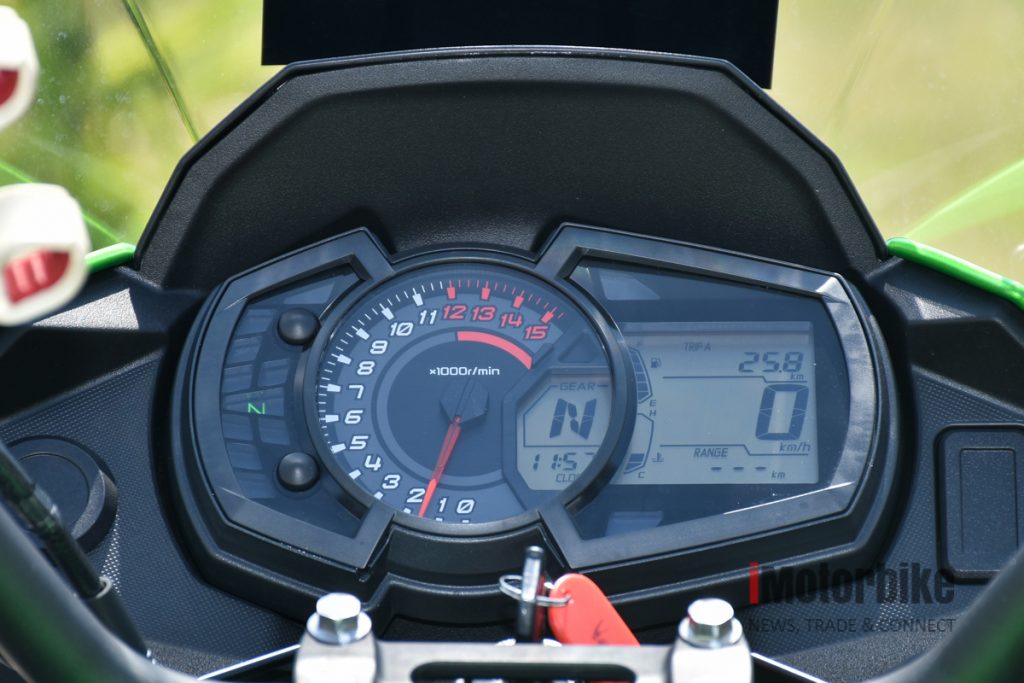
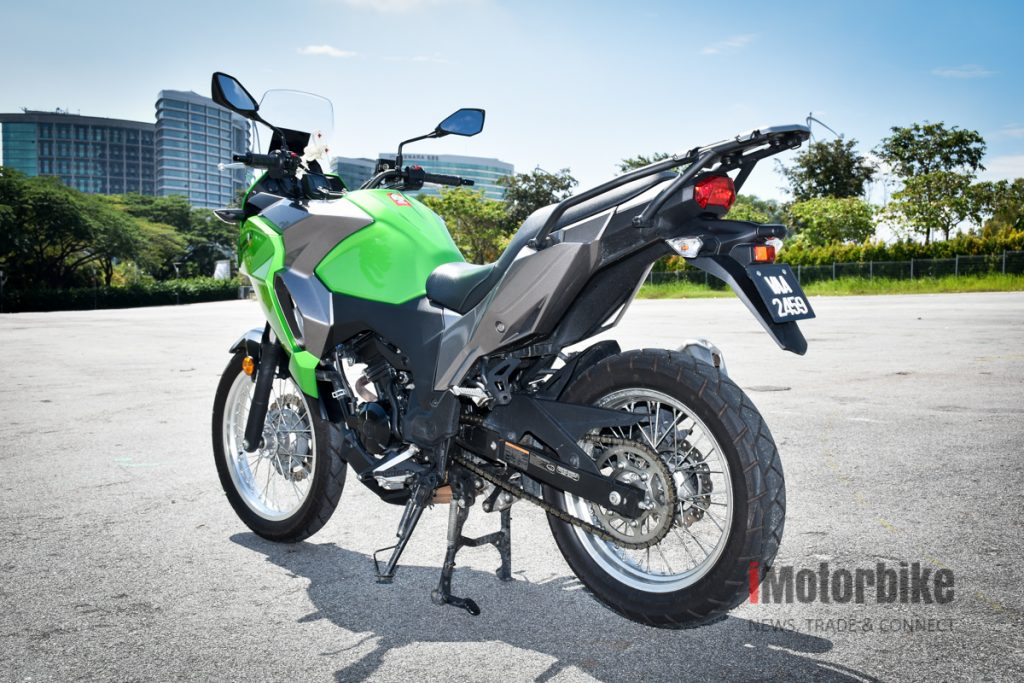
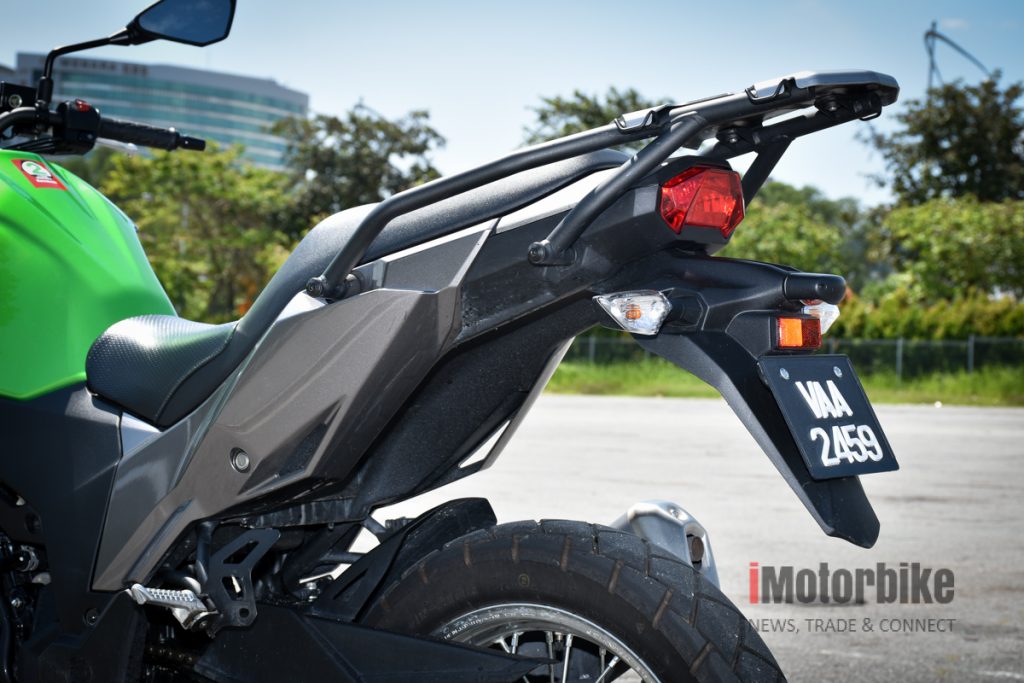

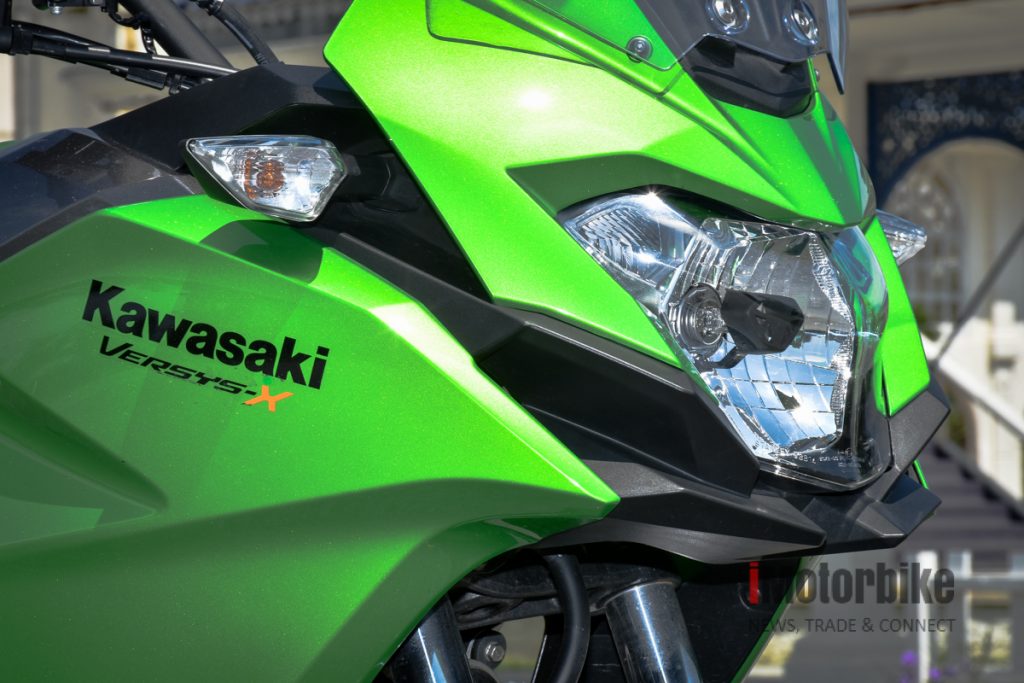
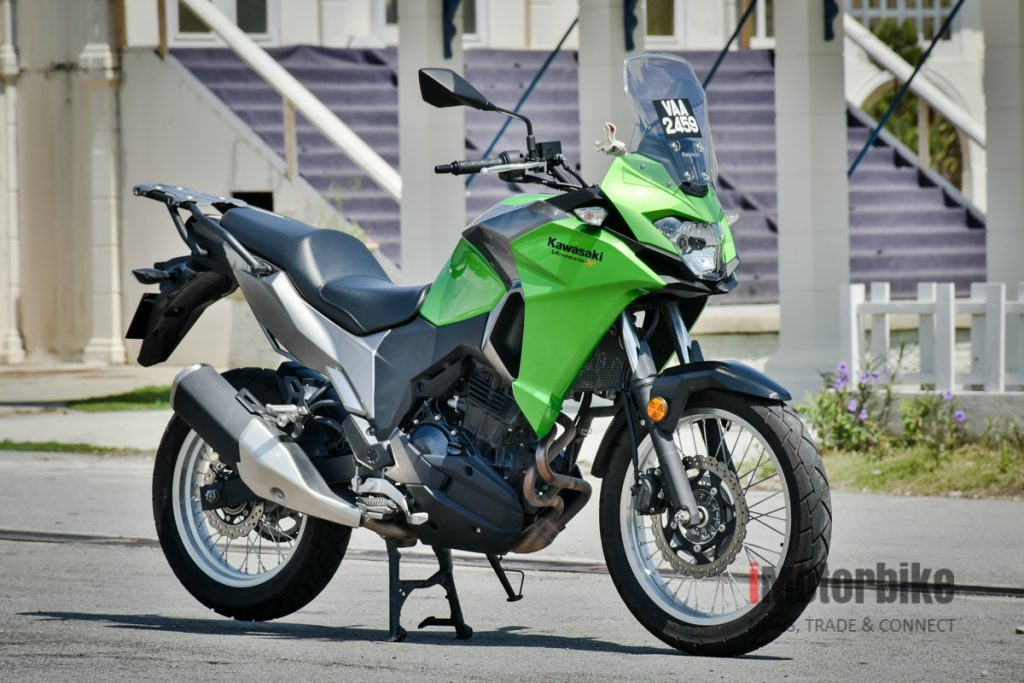


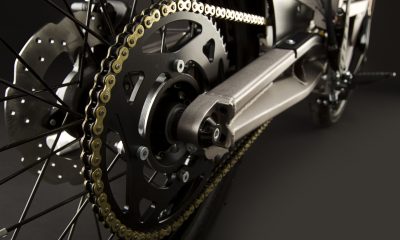




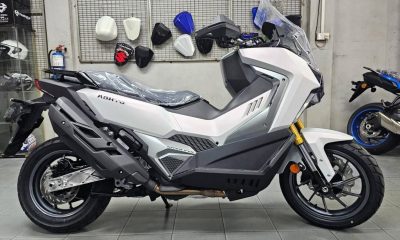
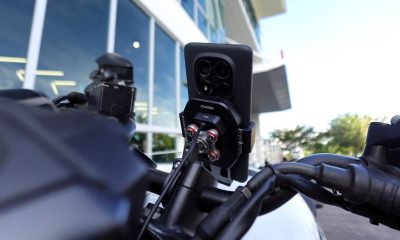

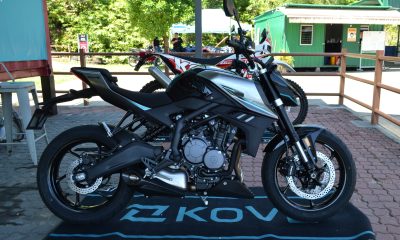
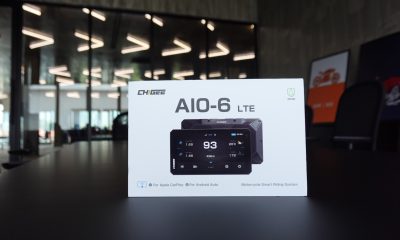
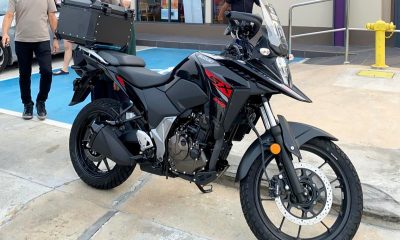
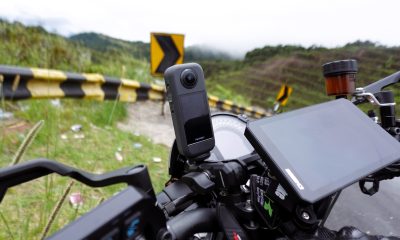
















Facebook
Instagram
X (Twitter)
YouTube
LinkedIn
RSS